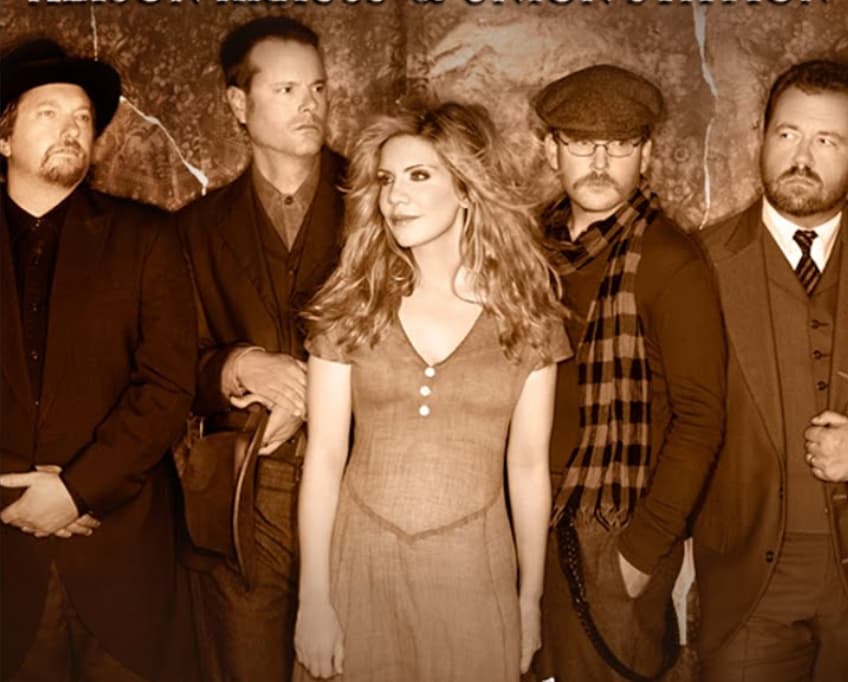
A Spiritual Journey of Cleansing and Hope: Alison Krauss’s “Down to the River to Pray”
“Down to the River to Pray,” in the tender voice of Alison Krauss, isn’t merely a song; it’s an experience, a spiritual journey echoing through time. Though pinpointing a specific chart position for this traditional spiritual is difficult due to its folk origins, its resurgence in popularity, particularly after its feature in the 2000 film O Brother, Where Art Thou?, cemented its place in contemporary musical consciousness. While Krauss’ version wasn’t the original recording used in the movie, it gained immense popularity soon after.
The song’s roots lie deep in American history, likely originating during the period of slavery in the United States. It’s believed to have been a coded message among slaves, with “the river” symbolizing the Ohio River—a boundary between slave states and free states. Going “down to the river” could have meant escaping to freedom, or it could have represented clandestine religious gatherings, where slaves would meet in secret to worship and find solace. This historical context imbues the song with a profound sense of longing, hope, and resilience. It’s a testament to the power of faith in the face of unimaginable hardship.
Alison Krauss‘s interpretation, however, gives this traditional spiritual a new layer of emotion. Her angelic voice, pure and haunting, carries a sense of both fragility and strength. It’s a voice that speaks to the soul, evoking a sense of quiet reflection and deep connection to the divine. When she sings of going down to the river to pray, it feels intensely personal, as if she’s inviting the listener to join her in a private moment of communion with a higher power. The simplicity of the lyrics, coupled with Krauss’s emotive delivery, creates an atmosphere of profound intimacy and peace.
What makes this rendition truly captivating is the gentle instrumentation that accompanies Krauss’s vocals. The understated acoustic arrangement, with its delicate harmonies, enhances the song’s spiritual essence without overpowering its inherent simplicity. There is a serene and tranquil soundscape throughout, inviting the listener to a space of reflection. This isn’t a performance crafted for grandiose stages; it feels more like a heartfelt hymn shared around a quiet campfire, under the vast expanse of the night sky.
For many, particularly those of us who’ve journeyed through life’s various seasons, “Down to the River to Pray” evokes a sense of nostalgia, reminding us of simpler times and the enduring power of faith. It’s a melody that stays with you long after the final note has faded, a whisper of hope echoing in the chambers of the heart.
The song found significant renewed popularity with its inclusion in the soundtrack of the Coen Brothers’ film O Brother, Where Art Thou? (2000). This movie, set in the Depression-era American South, helped introduce the song to a wider audience and re-establish its significance in popular culture. The soundtrack itself was a massive commercial success, further amplifying the reach of “Down to the River to Pray.” It’s a perfect marriage of film and music, where the song’s themes of redemption and hope resonate with the film’s narrative. It was also included in the soundtrack album of the film, which topped the Billboard 200 chart.
Alison Krauss‘s interpretation, though appearing later, has also gained a lot of recognition, often being the version many connect with most strongly today. In essence, “Down to the River to Pray,” as performed by Alison Krauss, is more than a song—it’s a spiritual experience. It’s a reminder of the power of faith, the resilience of the human spirit, and the enduring beauty of traditional music.